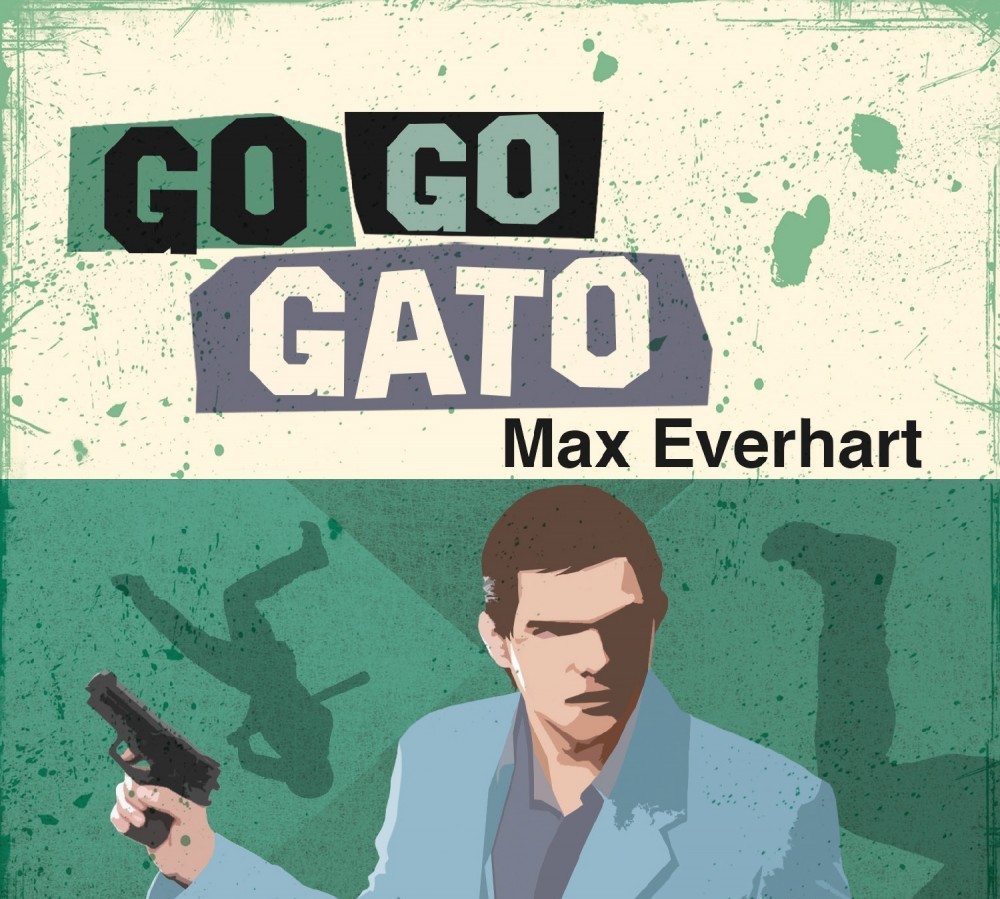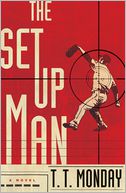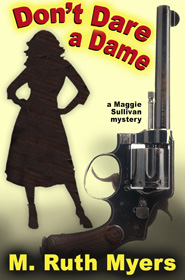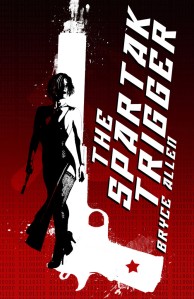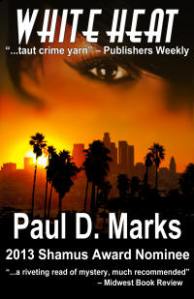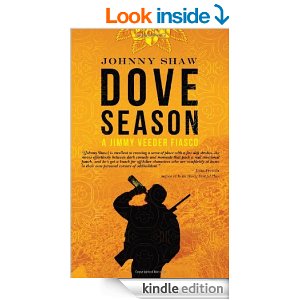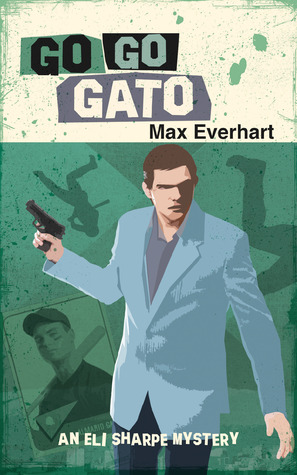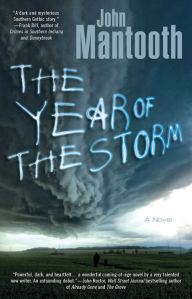Why do you write?
THANE: Well to be honest (and I assume that I have to be honest here), I need the money and I’d rather write than have to go out and look for a real job. I’ve had several, most of which required getting up at a reasonable hour of the morning, keeping my boss happy and doing a lot of other such things that I’m really not very good at. Writing allows me to stay up until all hours of the night or early morning, sleep in as late as I like, and get into the office whenever I please. I also like the fact that the office is steps away from my bedroom and close to the refrigerator. I have no commute, no dress code and no boss. On top of all of that, I love to write and can’t imagine anything else that I’d rather do for a living.
When do you write?
THANE: I don’t have an absolutely fixed schedule. I like to get all the boring parts of my day out of the way first so that they aren’t hanging over my head while I’m trying to write. So I usually get up, exercise, read the papers, run any errands that need running and take care of any household chores that have to be done. By then it’s usually time for lunch, after which I can head into my study and write with a clear conscience. I usually get there around 1:00 or so and will work until around 6:00, if I’m eating dinner at home. Then I’ll go back to work for a while after dinner. My preference, though, is to work until 7:00 or 7:30, then go out for a light dinner, preferably someplace where I can have a couple of drinks and listen to some music. I’ll read for a while before I go to sleep and then start all over the next day.
Where do you write?
THANE: I live most of the year in Arizona, and when I’m there I write in my study at home. I’ve never been one of those people who could write in a coffee house or a café or some other place where there are a lot of distractions. I need the peace and quiet of a room where I can close the door, seal myself off and concentrate on the work. Unlike a lot of other authors, I can’t even listen to music when I write. I do spend three months a year on a lake in northwestern Montana. There I also have a room where I can write, but I also have a table in a gazebo in the woods overlooking the lake. I’ll often take my laptop down there and write, even though I know I’ll occasionally be distracted by the beautiful view or the occasional passing boat. This is the spot:

What do you write?
THANE: I’ve written both fiction and non-fiction, but I’ve now settled into writing crime fiction almost exclusively. I’m currently doing a series set in Phoenix, Arizona, featuring a homicide detective named Sean Richardson. The first book in the series is No Place to Die, and the second, which has been out for six months now, is Until Death. I’ve just finished a stand-alone suspense novel, tentatively titled Picture Me Gone, and am now working on the third Sean Richardson book, which I hope to finish while in Montana this summer.
How do you write?
THANE: Pretty much on the fly. I start with a very vague idea and then write the story chapter by chapter with no idea where the book is going from one day to the next, at least early on. I’ve tried outlining but it simply doesn’t work for me; I have to let a story unfold at its own pace. Usually, by the time I’m about a third of the way in, I’ll suddenly realize how the book is going to end without really having consciously thought about it. Then the job at hand is to get from where I am at that point to the conclusion that’s presented itself. This may also involve a fair amount of re-writing to make what I’ve done already fit the conclusion I’ve decided upon.
Since I don’t know where the book is going, I can’t really do much research in advance, and so part of my process involves doing whatever research is necessary as I go along. Of course the downside to working this way is that occasionally a book will simply stall out and what seemed like an excellent idea winds up going nowhere. I have several efforts lying dormant on my hard drive that ran out of gas after about 15,000 words or so.
Tell me about your previous books and where they can be found.
THANE: I have a non-fiction book that is now out of print and can only be found in used bookstores and on the Internet. Occasionally a copy pops up on E-Bay with the seller asking what seems like a totally irrational price. I don’t know what these used copies actually sell for, but it does sometimes lead me to think about the fifteen or twenty pristine copies I still have in a box in my closet. Otherwise, the other two books are available in a variety of editions on Amazon and at other on-line sites. I know that copies are still available at a number of bookstores, but it’s always difficult knowing which ones will have them in stock at any given moment.
Tell me what you’re currently working on.
THANE: As I suggested above, I’m currently finishing up the third Sean Richardson novel which I’m calling Fatal Blow. It begins when a woman accidentally discovers evidence of her husband’s infidelity. Shortly thereafter, he reports her missing, and a few days later a female torso is discovered floating lazily down a Phoenix canal. When it’s identified as the missing woman, Richardson and his partner, Maggie McClinton, have to figure out who’s responsible for beheading the woman and pitching her into the canal. As is usual in a book like this, complications ensue.
Tell me something funny.
THANE: A couple of nights ago, I went to see Megan Abbot and Jeff Abbot, who are not related but who are touring together in support of their new books. It was a great event and later Harlan Coben was teasing Megan on Twitter about touring with Jeff. She responded as only Megan would by saying, “But first rule of book tour: Bring your own bail money,” which stuck me not only as very funny but also as excellent advice for any writer going on tour.
To learn more about this author, visit his website:
http://www.jameslthane.com
